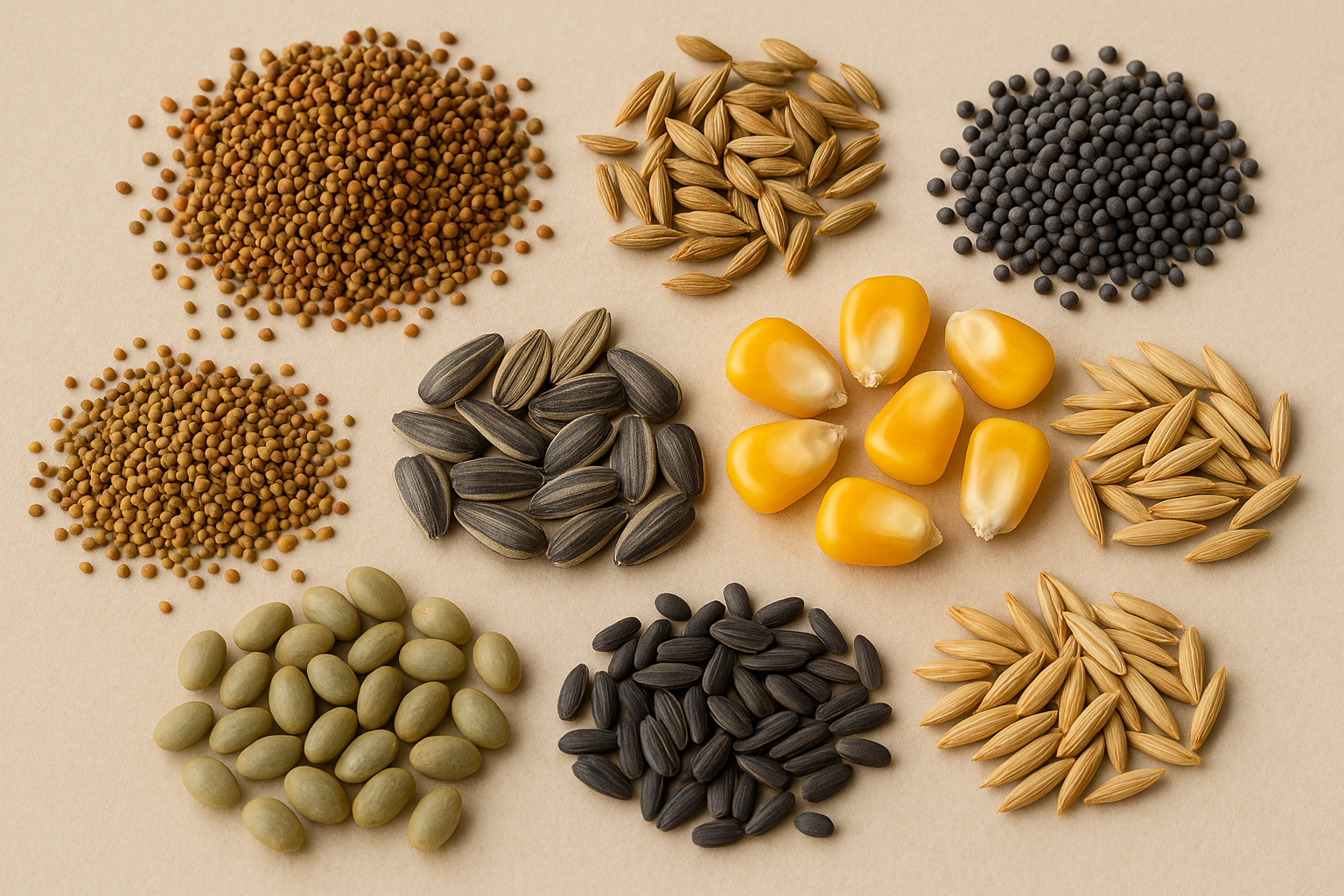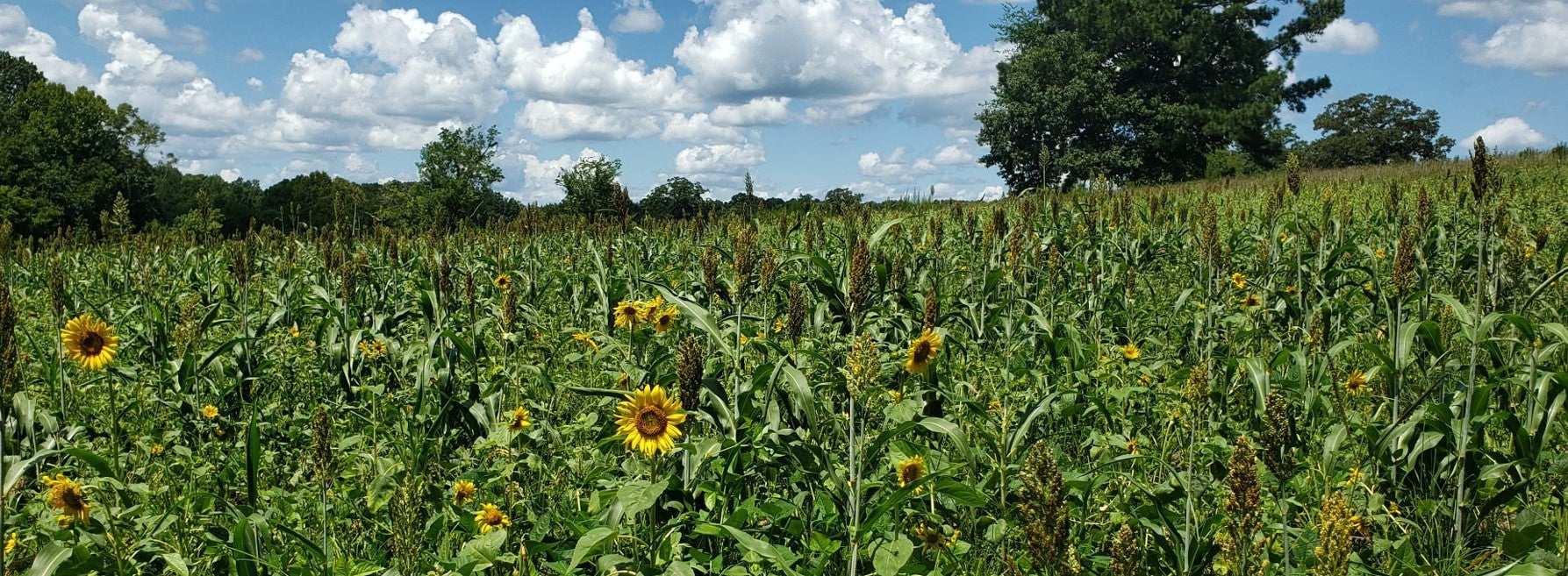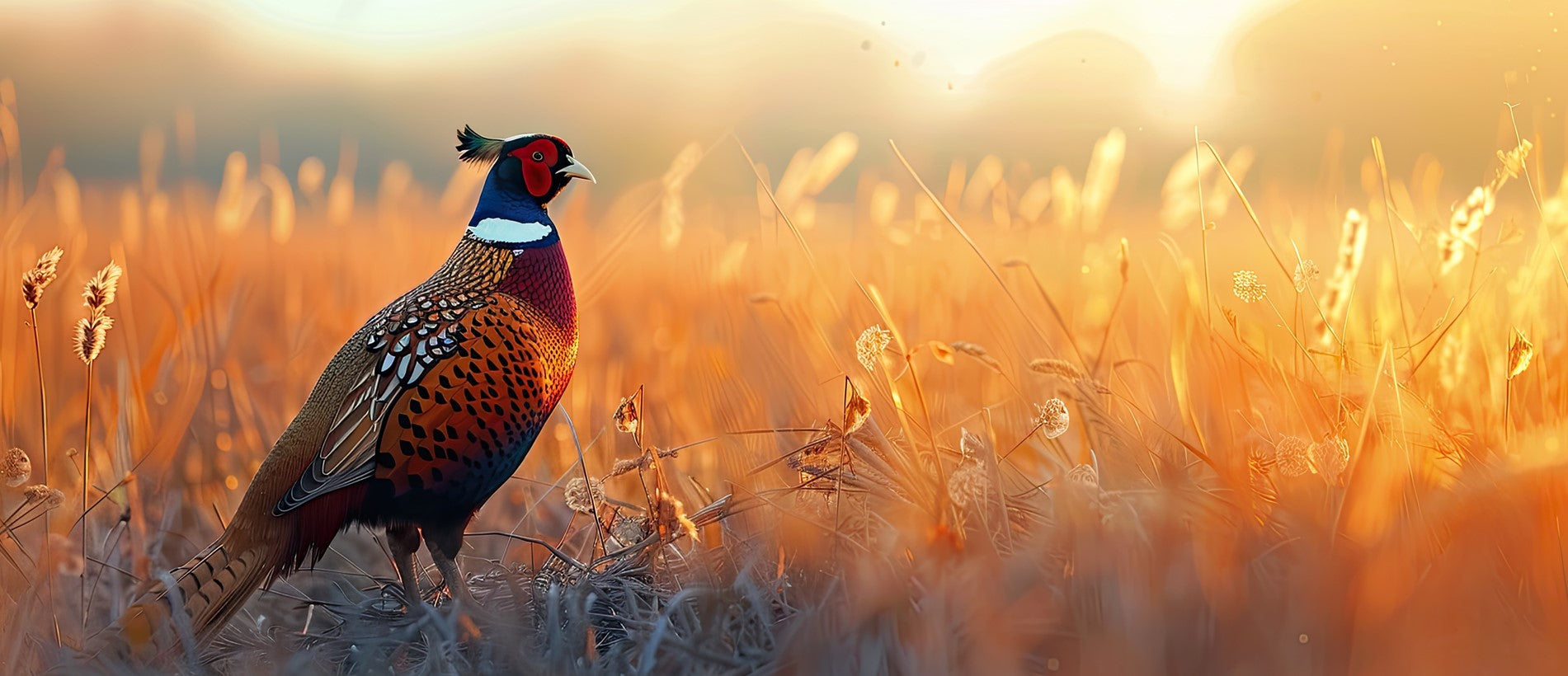Treestand Placement: Part 1 Treestand Safety
 It was a hot day in mid-August when a group of friends were out in the deer woods taking down treestands. They were moving stands off of one lease and taking them to their new lease. The group of four paired up and went through out the property pulling stands. It was now around 10:00 am when Greg and Steven pulled up to another stand location. They got out of the truck and made the short 30-yard walk to the loc-on stand. Just like Greg had been doing all morning, he climbed up the set of stick ladders to pull the loc-on. They had dealt with some wasps earlier so Greg was on alert as he reached the top of the ladder. After reaching the top of the ladder and carefully looked things over he continued with taking down the stand. With no safety belt on, he hung on with his left hand and was going to use his right hand to unhook the stand. This is when things very quickly went south, literally.
It was a hot day in mid-August when a group of friends were out in the deer woods taking down treestands. They were moving stands off of one lease and taking them to their new lease. The group of four paired up and went through out the property pulling stands. It was now around 10:00 am when Greg and Steven pulled up to another stand location. They got out of the truck and made the short 30-yard walk to the loc-on stand. Just like Greg had been doing all morning, he climbed up the set of stick ladders to pull the loc-on. They had dealt with some wasps earlier so Greg was on alert as he reached the top of the ladder. After reaching the top of the ladder and carefully looked things over he continued with taking down the stand. With no safety belt on, he hung on with his left hand and was going to use his right hand to unhook the stand. This is when things very quickly went south, literally.
As Greg lifted the seat something jumped out on his face. His immediate thought was, “It’s a wasp!” but it could have been anything (spider, lizard, or any critter). He swatted, jumped back, and swung out on the stick ladder all in one motion. He tried to catch himself with his right hand but couldn’t and lost his grip completely. The fall was around twenty feet and Greg swiftly found the forest floor. Thank the Lord the fall didn’t kill him, but he was obviously hurt pretty bad. After Steven checked him out, he called the other two guys, Michael and Justin. Since they were only a few minutes away the two very quickly came to assist Greg to the truck. They took him immediately to the emergency room.
The doctor’s final assessment of Greg was a blood clot in his lung, a broken left knee, a broken right heel, a broken right wrist, and lots of bumps and bruises. This accident, that took only seconds to happen, caused Greg to spend 12 days in the hospital and 5 days in a rehabilitation wing of a nursing home. He could not stand for 6 weeks confining him to a wheel chair, bed, or seat of some kind. He then had to use crunches or a walker for another month. The fall also kept him out of work for 6 months and cost him a lot of hunting time. However, his friends did wheel him out to a ground blind many times. As I was interviewing Greg for this article he said, “It has been over a year now since my fall and I still hurt. Every time a cold front comes through or the weather changes I feel it. There are also some little pains that I guess I will have to live with for the rest of my life.” Greg and I also talked about how it was not just about us any more, but about the people who love and depend on us; mainly our families. We both have loving wives and some sweet little girls to think about. Greg also told me, “I hope that my story can help hunters out there realize they need to be more careful and maybe even save someone’s life.”
As I was interviewing Greg for this article he said, “It has been over a year now since my fall and I still hurt. Every time a cold front comes through or the weather changes I feel it. There are also some little pains that I guess I will have to live with for the rest of my life.” Greg and I also talked about how it was not just about us any more, but about the people who love and depend on us; mainly our families. We both have loving wives and some sweet little girls to think about. Greg also told me, “I hope that my story can help hunters out there realize they need to be more careful and maybe even save someone’s life.”
This was a fall that should have been prevented by simply wearing a safety belt. Greg was very fortunate that his fall did not hurt him more than it did and to have his friends near by to help him. The hard fact is treestand safety is very important and should not be taken lightly. Every year there are hundreds of treestand accidents with many of them having long term effects and some even fatal. Always remember that any time you are climbing to an elevated position a fall can happen. Here are some treestand hunting tips to help you stay safe this hunting season.
I. Always Use a Harness System: A Full Body Fall Arrest Harness System
1. Always make sure your harness system meets TMA standards.
2. Always make sure you read the instructions carefully and use your harness properly.
3. Carefully inspect your harness prior to use: look for any tears, fraying, or any other defects. Remove your
harness from service if it has any defects.
4. Check the inspection date of your harness. Remove your harness from service if it’s out of date.
5. Do not leave the ground without wearing your harness correctly and having all the parts of the system.
6. Practice using your harness at ground level with your hunting gear before using it in a hunting situation.
7. Practice with a hunting partner at ground level and carefully simulate a fall. Hang suspended in your
harness system to get a feel what it will be like during a fall and to give you an idea how to react.
8. Practice your recovery and escape plan thoroughly in case of a fall.
9. If you do experience an actual fall in a hunting situation, carefully regain your composure, return to ground
level, and remove your harness from service. (More information about a fall will be given later.)
II. Always Have a Hunting Plan: Make Certain Preparations Before the Hunt.
1. If possible, hunt with a partner. This way you can get some help quickly in case of an emergency.
2. If you hunt alone, at least let someone know exactly where you will be hunting and when you plan to return.
3. Always have a signal aid of some kind with you at all times while hunting. Such as: cell phone, flashlight,
signal flare, radio, or personal locating GPS.
4. Prior to use of your treestand take time to familiarize yourself with it and how it works. Specifically with
climbing stands, practice at ground level with your hunting gear before using it in a hunting situation.
5. Throughout the season inspect your treestands. Look for bends or breaks in the metal, faulty straps or
chains, and other defects in your treestands or treestand ladders and climbing steps.
6. Especially with stands that have been left out the previous year check them out thoroughly. Watch out
specifically for wasps and other insects, squirrels, lizards, and any other critters that may sting or jump out on you causing you to loose your hold and fall.
7. Safely attach your linemen aid of your harness to the tree before doing any kind of inspection of stands that
are already hung.
III. Always Use a Haul Line: Use a Pull Rope When Hunting Out of a Treestand.
1. Never climb into your treestand carrying your hunting gear or with your hunting gear strapped to your
back.
2. Climb into your setup, attach your safety harness to the tree, and then use a pull rope or haul line to hoist up
your gear.
3. Always pull up and lower your firearm unloaded and with the barrel pointed downward.
4. Always lower your unloaded firearm and gear on the opposite side of your decent route.
IV. Basic Treestand Hazards and Warning.
1. Never climb or place any treestand on a dead or dying tree, power line pole, telephone pole, or any other
man made structure.
2. Never make modifications to your treestand that goes against TMA or manufacture standards.
3. Never climb or use any treestand if you are taking drugs, even certain prescription drugs, or have consumed
any amount of alcohol.
4. Never climb or use any treestand if you are feeling sick or have certain medical conditions.
5. Never exceed the specified weight limit for the particular treestand you are using. This weight includes
your weight and the weight of your hunting gear.
6. Take extreme caution while using treestands in extreme weather conditions. Below freezing temperatures,
high winds, and other conditions will greatly increase your chances of a fall.
7. Make sure you use all of the designated chains, straps, buckles, and other items that are manufactured
specifically for each stand.
8. Make sure all of the stand-to-tree contact points are in complete contact with the tree. This includes the
stand, steps and ladder.
9. Climbing into a treestand is not a race, take your time and slowly climb safely into position.
V. Climbing Stand Helps and Instructions.
1. Always select a tree diameter that your treestand will safely work on. Each treestand manufacturer has a
minimum and maximum tree diameter at which your treestand will safely work.
2. When climbing know your physical limitations and stop climbing at a height at which you feel comfortable.
3. When placing your climbing stand onto a tree you must take into consideration the gradual sliming of the
tree while you climb. Place the stand at an inclined position to compensate the tree’s slimming effect. If the
stand is not properly placed at the right angle, it will not be at a safe angle once you reach your hunting
height. If the stand is not level at hunting height, you must climb down and make the necessary adjustments.
Never hunt from an unleveled climbing stand. Practicing with your climbing stand will help you get a better
grasp of this concept.
4. With climbing stands, make sure the top and bottom pieces are attached together with a rope or strap that is
provided by the manufacturer. Also use any safety device that is provided by the manufacturer.
VI. Loc-on Stand Helps and Instructions.
1. When climbing always maintain three points of contact. Such as two hands and one foot, or two feet and
one hand.
2. Always use the lineman aid of your harness to place, remove, and inspect loc-on type stands.
3. When hanging loc-on type stands, use the lineman aid of your harness and attach it to the tree and then a
pull rope to hoist up stands and extra steps. This helps keep your hands as free as possible.
4. You always want to place your stick ladders above your stand so you can step down into your stand. Never
step up into a loc-on type stand.
VII. Ladder Stand Helps and Instructions.
1. As with the loc-on stands, always maintain three points of contact while climbing. Such as two hands and
one foot, or two feet and one hand.
2. When placing ladder stands always use the help of your hunting partners. Ideally you should take three
people to place a ladder stand.
3. Always have someone hold the ladder in position while someone else climbs to the top while leaning
forward and attaching it to the tree.
4. Always attach your harness to the tree first before securing the ladder to the tree.
VIII. Basic Helps In Case of a Fall.
1. Don’t panic. Put into play your recovery and escape plan.
2. Return to your stand or ladder immediately if possible.
3. If you can not return, use the techniques recommended by the TMA to avoid blood pooling in your legs.
Then use your cell phone or other emergency signal devices to call for help.
4. These signal devices must be on you personally and easily accessible while hanging in a suspended
position. They will do you no good in a backpack or somewhere else you cannot easily get to.
5. Even with a safety harness, failure to recover quickly can still have fatal consequences. This is why having
a proper recovery and escape plan is important before you enter the woods.
This comprehensive list of things to have, things to do, and things not to do with treestands may save your life this hunting season. Please be careful and remember you are not just doing this for yourself, but for the ones that you leave behind. I have a loving wife, a two-year-old daughter, and a baby on the way. I owe it to them to be as safe as I can possibly be this fall.
Huntercourse.com and the Treestand Manufactures Association (TMA) have come together to provide an online treestand safety course. It is through this course where I learned many of the tips listed in this article. Please go to http://www.huntercourse.com/treestandsafety/ and take the course yourself before you climb into a stand this fall.
I want to give a special thanks to the Gully family for allowing me to share their story.
God Bless and Happy Hunting.
Posted by Mark Newell











Leave a comment